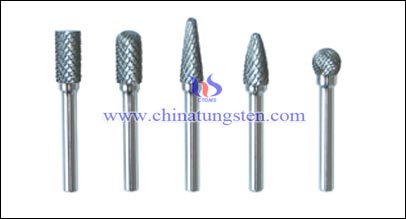Carbide Burs vs. Diamond Burs in Dental Practice
- Details
- Category: Tungsten Information
- Published on Thursday, 24 September 2015 15:32
Dental students in medical schools have been taught to use carbide burs for intra-coronal preps and diamond burs for extra-coronal, but some ones still find they prefer to diamond burs all around. Is there any reason not to use diamond burs to prepare amalgam/composite cavities, provided the dimensions of the burs were correct for the preparation?
Restorative tooth preparation requires complete removal of enamel, existing restorative materials, and caries. Diamond burs will safely accomplish this and are unlikely to cause enamel fracture. However, while cutting through porcelain is best accomplished with diamonds, they are slow to cut enamel and slower at cutting metal-based restorations or sectioning cast metal copings or crowns. Diamond surfaces can also fill with debris and clog, wear smooth, and cause burnishing and overheating. Therefore, carbide burs are more often used to easily accomplish these tasks. Carbide burs should be used to trim and finish macro-filled composites and hybrid composites.
Carbides and diamonds also produce different outcomes: carbide burs slice or chip away at material, leaving the tooth surface smooth and more aesthetically pleasing. Diamond burs grind away at material, leaving a rough tooth surface which requires more polishing in the end.

Tungsten Carbide Manufacturer & Supplier: Chinatungsten Online - http://www.tungsten-carbide.com.cn
Tel.: 86 592 5129696; Fax: 86 592 5129797
Email:sales@chinatungsten.com
Tungsten & Molybdenum Information Bank: http://i.chinatungsten.com
Tungsten News & Tungsten Prices, 3G Version: http://3g.chinatungsten.com
Molybdenum News & Molybdenum Price: http://news.molybdenum.com.cn



 sales@chinatungsten.com
sales@chinatungsten.com